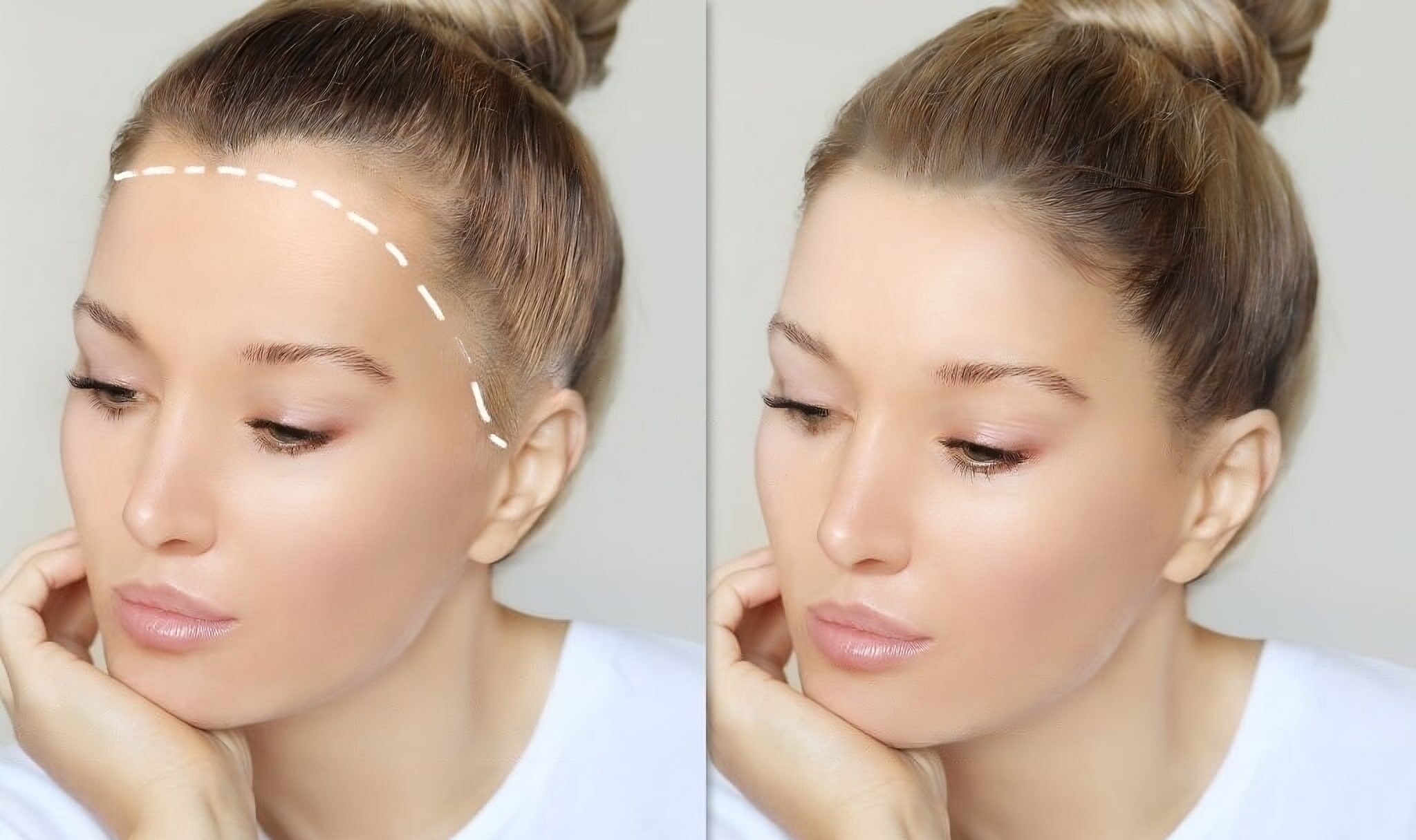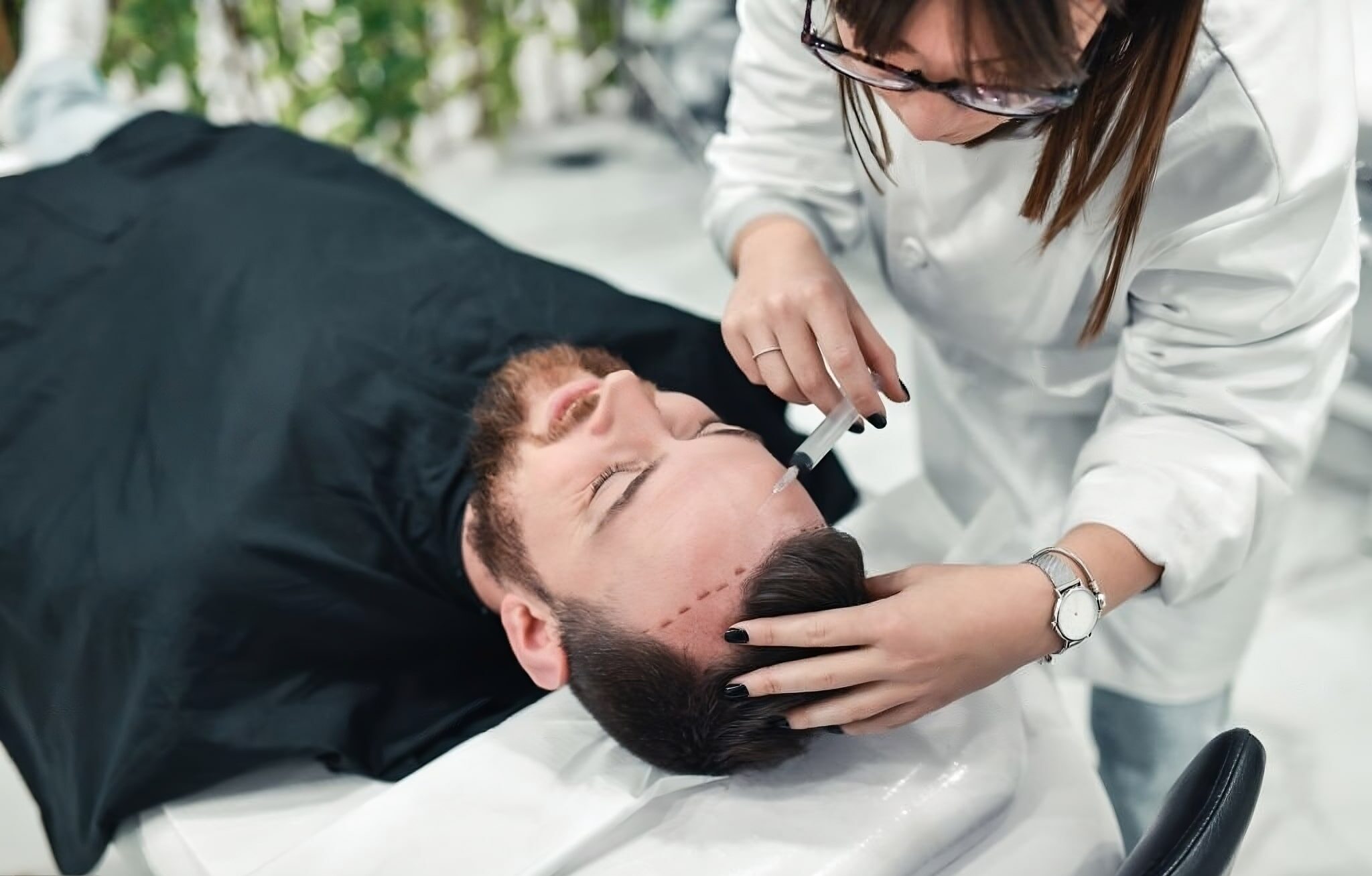Platelet-Rich Plasma (PRP) for Hair Transplantation: What You Need to Know Hair transplantation is a surgical procedure that involves moving hair follicles from a donor area to a balding area. It is a popular treatment for male pattern baldness and other types of hair loss. Platelet-rich plasma (PRP) is a blood product that is rich […]
Hair Transplantation: FUT
Follicular Unit Transplantation (FUT) for Hair Loss Introduction Hair loss can be a very distressing condition for many people. It can affect their self-esteem, confidence, and overall quality of life. There are many different treatments available for hair loss, but one of the most effective is follicular unit transplantation (FUT). FUT is a surgical procedure […]
Hair Transplantation: FUE
Follicular Unit Extraction (FUE) Hair Transplantation: What You Need to Know Hair transplantation is a surgical procedure that can be used to restore hair loss. There are two main types of hair transplantation: follicular unit transplantation (FUT) and follicular unit extraction (FUE). FUT is the traditional method of hair transplantation. In FUT, a strip of […]
Plastic Surgery: Rhinoplasty
Rhinoplasty: The Ultimate Guide Rhinoplasty, also known as a nose job, is a surgical procedure that reshapes the nose. It is one of the most popular plastic surgery procedures in the world, and can be used to improve the appearance of the nose, correct breathing problems, or both. At Aurora Clinic, we offer rhinoplasty consultations […]





